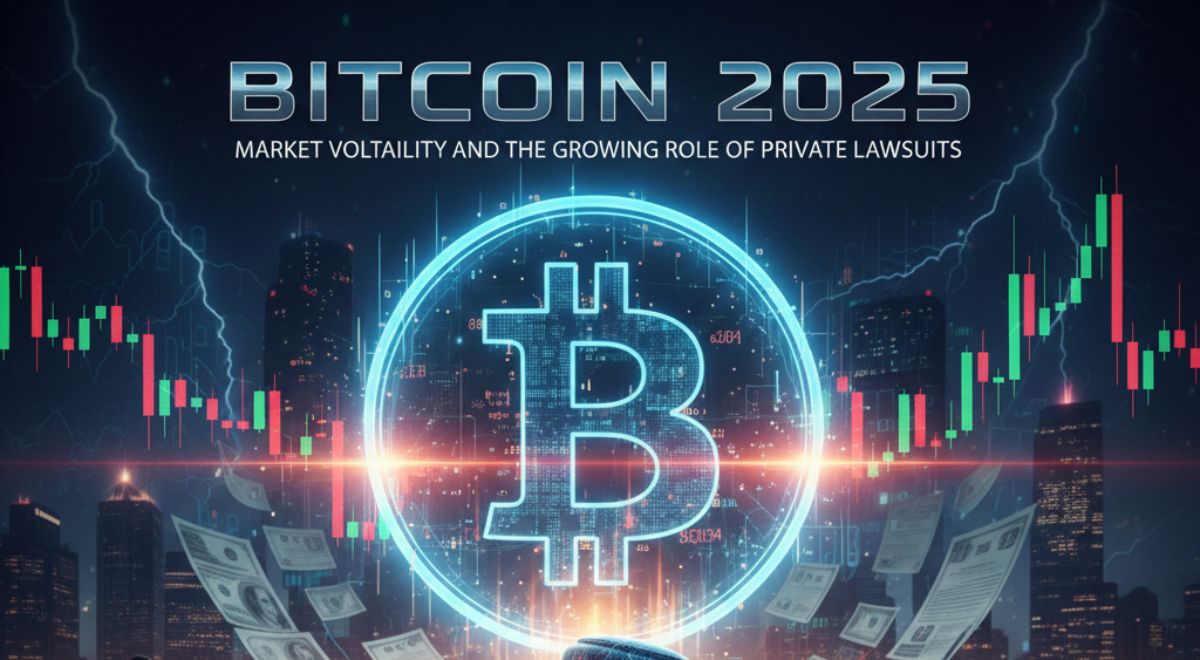One year after the turbulent events of 2022, which included the fall of FTX and other significant players, the crypto market is currently experiencing a resurgence. This comeback comes after a period of falling prices, negative publicity for the industry, and increased regulatory scrutiny.
The former CEO of FTX, Sam Bankman-Fried (SBF), was recently found guilty by a jury in New York of defrauding FTX’s clients before the company’s sudden collapse in November 2022. He pleaded not guilty and stated that although he mismanaged the company, he did not perpetrate fraud.
FTX was one of several industry meltdowns that drove Bitcoin to its lowest price since 2020.
Nonetheless, although the market is still far from the peak of the investment frenzy it reached in late 2021, bitcoin and other prominent tokens have seen a recent surge as investors shift their funds back into high-risk assets in anticipation of the expected end of central bank rate-hiking cycles.
Below, some industry experts shared key details about the changes that have impacted the crypto market since FTX’s fall.
Table of Contents
TogglePost-FTX Cryptocurrency Landscape: Insights from Industry Experts
Crypto investor Aaron Brown, who writes for Bloomberg Opinion, shared that the collapse of FTX made the current slump in the crypto market worse, which affected TerraUSD, Three Arrows Capital, and Celsius Network. Brown also noted that FTX represented the culmination of a year that saw a collapse in the crypto credit, impacting NFTs, speculative bubbles, trading gains, exchange fees, and staking.
According to Tegan Kline, co-founder of Edge & Node, which launched a crypto project called The Graph, the number of over-the-counter desks has decreased, with just the more conservative ones remaining. This, combined with the reduction of leverage, has depleted liquidity.
Nevertheless, in order to deal with liquidity issues, crypto exchanges are introducing new loan projects, and the possible adoption of a Bitcoin ETF could help improve liquidity.
Since FTX’s collapse, NFTs, especially collections like Bored Ape Yacht Club, have witnessed a 50% weekly trading decline.
The aftermath of the FTX crash triggered a global push for tighter crypto regulations. The Securities and Exchange Commission, as well as the Commodity Futures Trading Commission, moved quickly to target key exchanges such as Binance, Coinbase, and Kraken. Furthermore, the European Union implemented the Markets in Crypto-Assets regulation, creating a new legal framework. In addition, Hong Kong and Dubai have also implemented crypto regulatory frameworks in order to combat fraud and position themselves as industry hubs.
International regulators persisted in their investigation of Binance, leading to the company’s withdrawal from nations such as the Netherlands and Canada.
Also, leaders in the crypto space, like Alex Mashinsky, the former CEO of Celsius, encountered legal issues. Mashinsky was detained on suspicion of fraud a year after Celsius declared bankruptcy.
In addition, according to reports, venture funding in the cryptocurrency sector fell 63% to $2 billion in Q3 2022 after the collapse of FTX. This is a sharp contrast to the enthusiastic investments made between 2021 and the first quarter of 2022. Funding has decreased significantly, according to David Pakman of CoinFund, with tech-focused venture capitalists now concentrating on fields like artificial intelligence.
VC firms that made investments in FTX, such as Thoma Bravo, Sequoia Capital, and Paradigm, were sued in a class action lawsuit and came under fire for allegedly neglecting to spot fraud. As a result, instead of depending only on business plans, investors are now closely examining founders and requesting concrete data on metrics like revenue and customer growth.
Takeaways
A year post-FTX’s disruption, the crypto market has faced challenges and transformations. With increased scrutiny, regulatory frameworks, and new solutions, the industry is adjusting, indicating a robust route forward.











